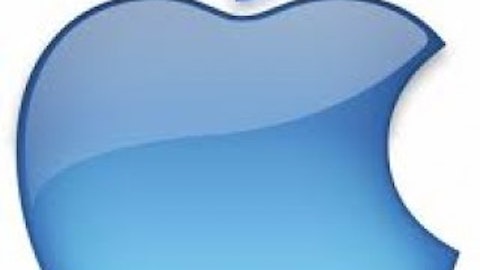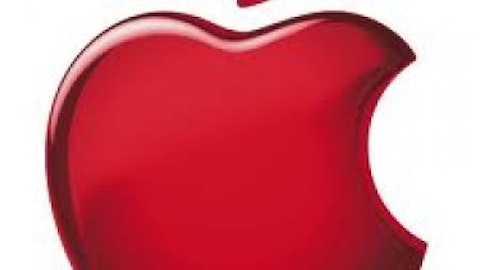Keeping both of these viewpoints in mind, we can therefore infer that the best trend investors could hope to come from Apple’s iPhone corner is: (1) +20% iPhone revenue growth in Q1, and (2) an improving preference for the iPhone 5, versus the 4 and 4s models.
While the aforementioned CIRP report is intriguing, it doesn’t tell the updated story, as it measured iPhone preferences in the iPhone 5’s first month on the shelves. Nearly two months later, a survey from Morgan Stanley and AlphaWise (via AppleInsider) shows that holiday shoppers actually prefer the iPhone 5 over the iPhone 4S to a greater degree than last year’s shoppers preferred the 4S to the 4. Here’s what AppleInsider had to say about the survey:
“86 percent of respondents planning to buy an iPhone said they would choose the iPhone 5, which starts at $199 with a two-year service contract. In comparison, the same poll a year ago found that 82 percent said they would purchase the iPhone 4S, which at the time was Apple’s latest model sold at that same price […] 10 percent of customers who plan to buy an iPhone said they would choose the iPhone 4S, which sells for $99 with a new two-year service contract […] In the same survey a year ago, 15 percent of customers said they would choose the iPhone 4, which was then sold for $99”
According to Morgan Stanley and AlphaWise, this year, the remaining 4% of participants said they preferred the 2010-era iPhone 4 – a percentage that remained relatively unchanged to one year earlier, when 3% of participants said they’d still want the iPhone 3GS. While we won’t know the absolute totals until Apple Inc. (NASDAQ:AAPL) releases its Q1 results, this survey is very encouraging, as it indicates that our bearish point of view described above may not be coming to fruition.
Due to the fact that such a large portion of Apple’s earnings ultimately come from its iPhone line, investors must be aware that any blowout in the 45-48 million range (total Q1 unit sales) can have an equally positive effect on EPS totals. Next quarter, the Street’s consensus estimate is $13.50 in earnings per share, in a 13-week period that is seven days shorter than Apple’s fiscal Q1 in 2012.
Because of this discrepancy, the $13.50 figure is actually below Apple’s EPS one year earlier ($13.87), but when we adjust for this extra week, we can actually see that earnings are expected to grow by 4-5% year over year. Another way to perform this adjustment is by breaking Apple’s Q1 earnings into weekly totals; in Q1 FY2012, Apple made an average of 99 cents per week over a 14-week timeframe. In Q1 FY2013, Apple Inc. (NASDAQ:AAPL) is expected to make an average of $1.04 per week over a 13-week timeframe.




